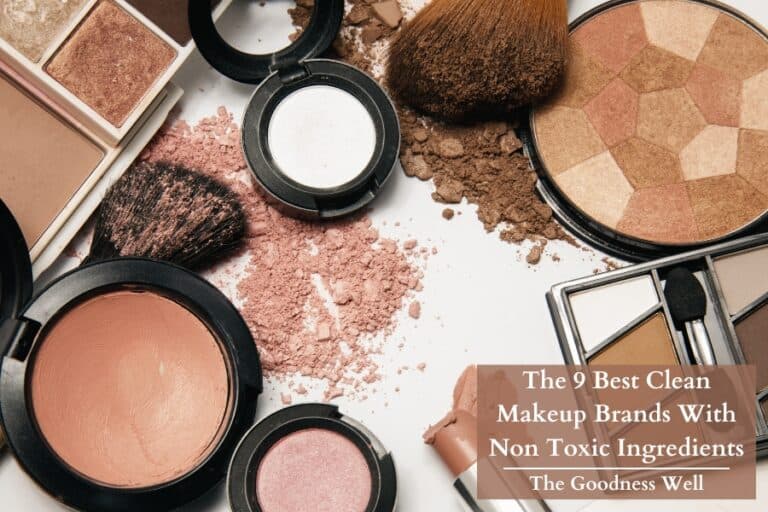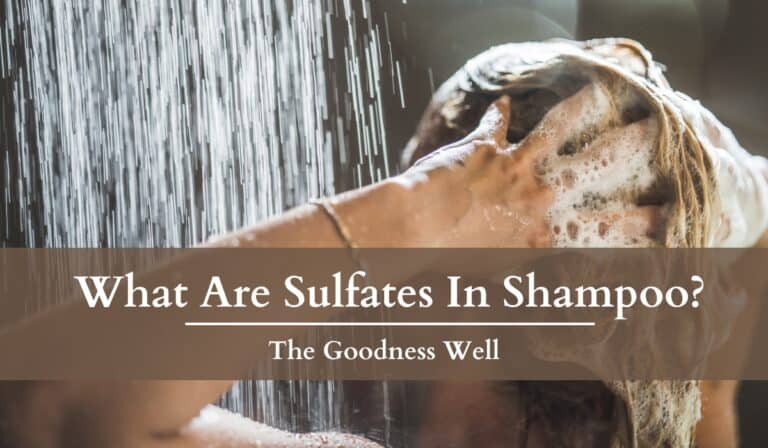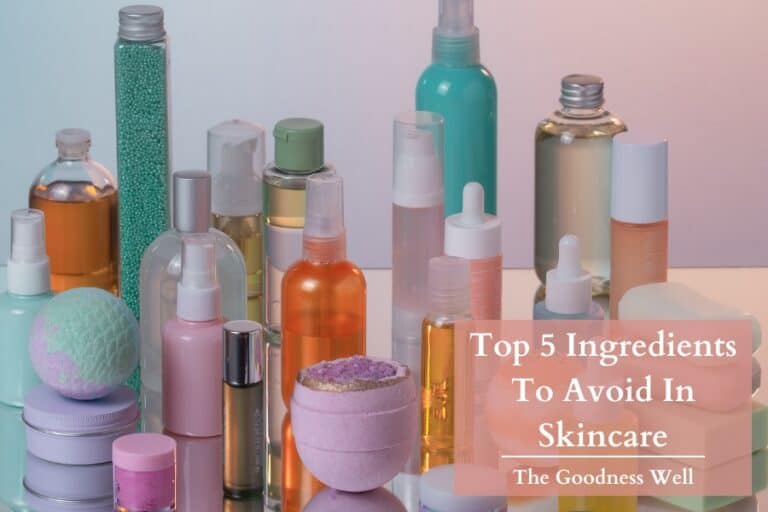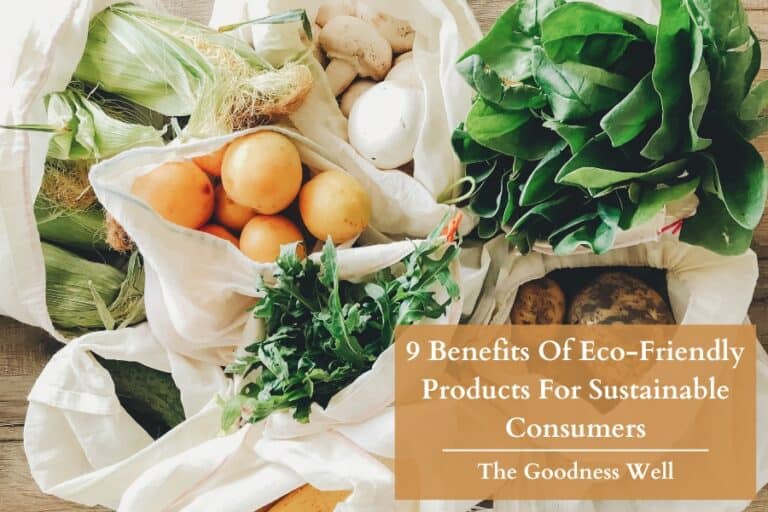What Are Phthalates? Understanding The “Everywhere Chemical”
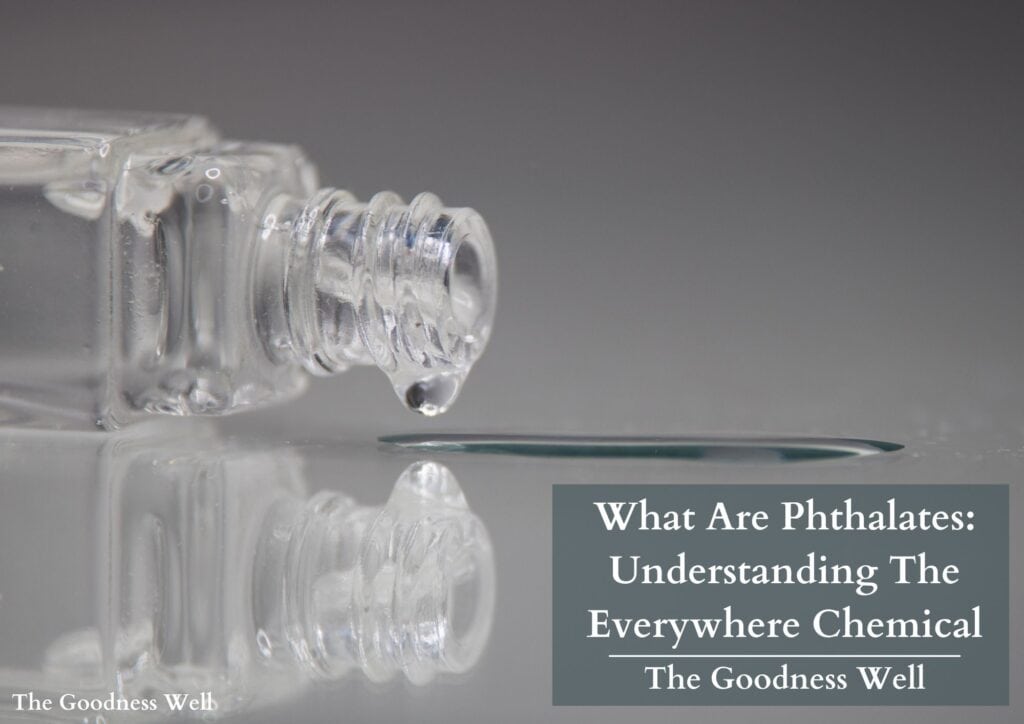
Curious about the hidden chemicals in our daily lives influencing our health? Meet Phthalates. What are phthalates?
In this article, we’ll help you understand why these toxic chemicals are a big problem for our health.
And before you go, check out our other article for some tips to avoid phthalates in your daily life.
TL;DR
Phthalates are a set of chemicals used in a lot of everyday items. Known for making plastics flexible and fragrances last, phthalates are pretty much everywhere—from your personal care products to your cookware. While they’re useful, they’ve been linked to a lot of health concerns, including hormonal disruptions and developmental issues.
What Are Phthalates?
Phthalates are a group of colorless, odorless, man-made chemicals used in the production of solvents, plastics, and personal care products.
They can be found in a wide range of products from personal care products to food packaging.
Why Are They Used?
Phthalates are known as “plasticizers”, which are substances added to things like plastic to make them more flexible and durable.
They are also used in products like fragrances and other self-care products to make the particles stick to whatever surface they come in contact with.
For example, they are what help the scent of your perfume or cologne linger on you and last for a while.
Ok, they’re useful, but why are they unsafe?
We’ll talk more about their health effects below, but phthalates have been linked to a range of health issues, including hormone disruption, reproductive issues, and developmental problems in children.
Because they are in so many things, it can be difficult to avoid them entirely.
So where are these harmful chemicals hiding? Well, in a lot of things, unfortunately!
Products Containing Phthalates
Phthalates don the nickname “the everywhere chemical” because they are in SO many products. Here are just a few of the most common categories of products they hide in:
Cosmetics & Self Care Products
Phthalates are commonly used and disguised as “fragrances”, which can be found in everything from perfumes and lotions to makeup.
While fragrance does not always mean it contains phthalates, we recommend avoiding items with this ingredient anyway.
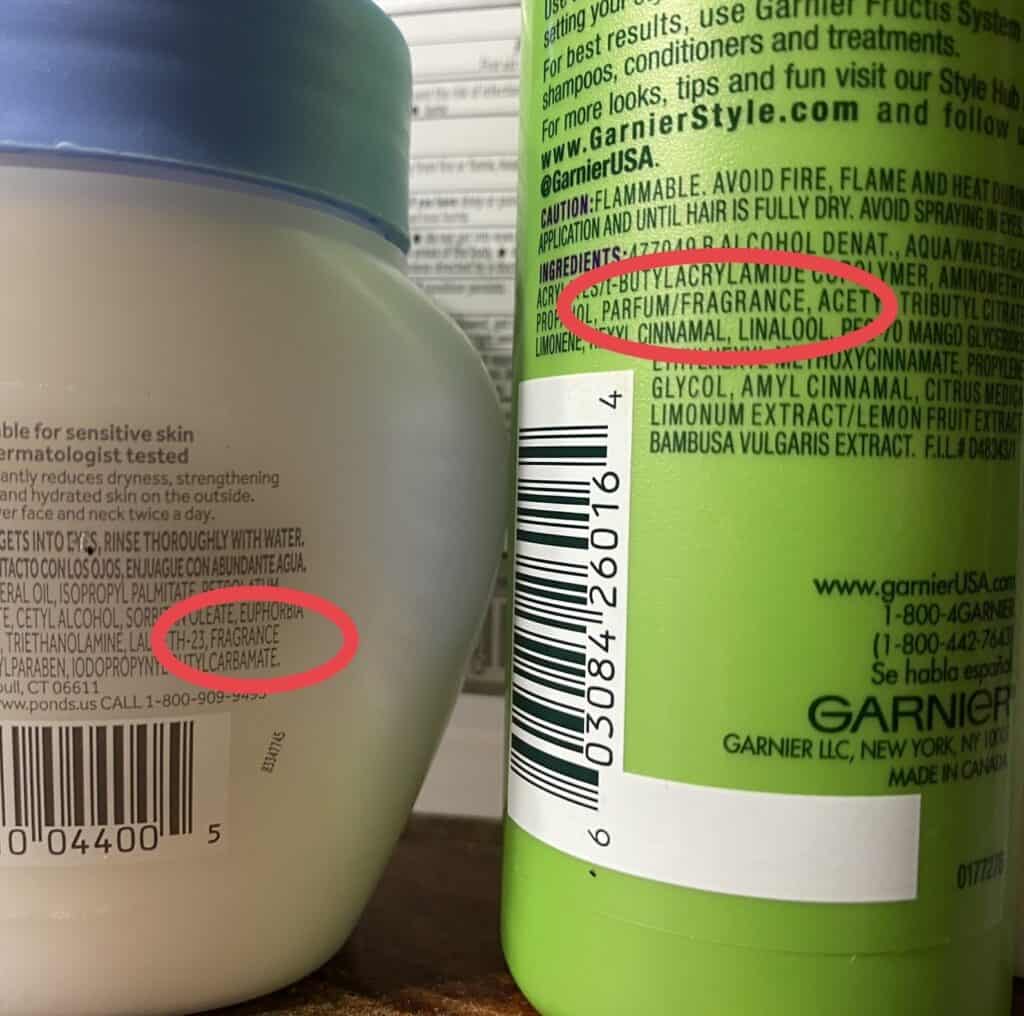
What’s crazy is, the FDA does not require cosmetics manufacturers to disclose their fragrance ingredients.
This is why we don’t buy items anymore that contain the words fragrance, perfume, or parfum.
And these aren’t the only ingredients to be aware of in self care products, as chemicals like parabens have also been of concern.
Choose trustworthy brands that disclose ALL of their ingredients.
Food
Yep, food too.
And it’s a big source of phthalate exposure.
What foods are highest in phthalates?
Studies have varied on which foods have the highest phthalate concentrations but most agree on the following foods:
- Poultry
- Dairy
- High-Fat Meats
- Oil and other fats
- Restaurants, cafeterias, and fast food
- Packaged & Processed Food
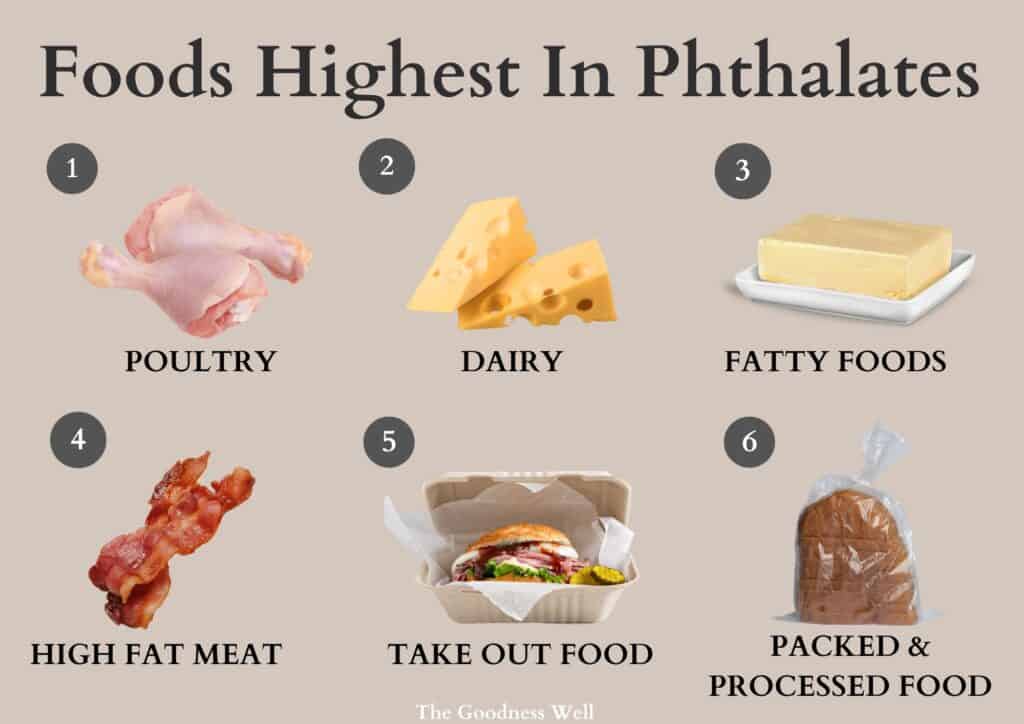
How are phthalates contaminating our food?
Our foods are contaminated with these chemicals in multiple ways including:
- Lipophilic Properties: Phthalates dissolve in fats, leading to leaching into fatty foods from packaging or machinery.
- Dairy Processing: Contamination from plastic tubing used in milking cows.
- Food Processing Equipment: Transfer from plastic gloves and machinery.
- Plastic Packaging: Phthalates migrate into food, especially under heat or in fatty products.
- Agricultural Practices: Contamination from phthalates in pesticides and fertilizers.
- Environmental Exposure: Indirect contamination through soil, water, and air pollution.
- Animal Feed: Contamination in livestock feed leads to residue in meat and poultry.
And for those who eat out a lot, you’re checking all the boxes for high phthalate exposure.
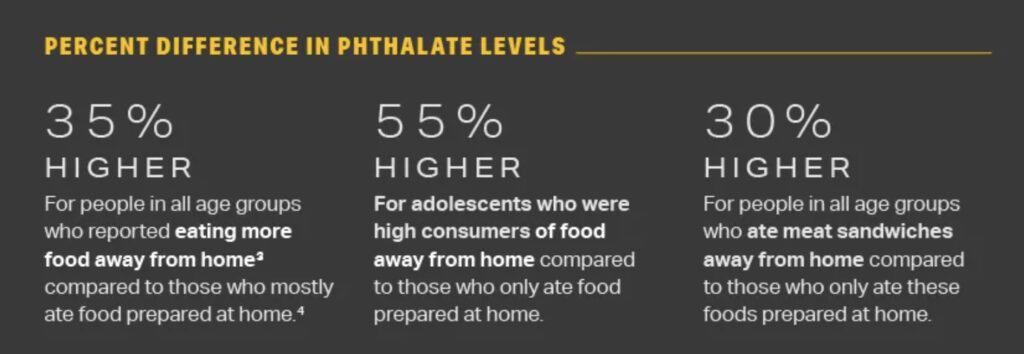
Heating your food in plastic containers or packaging in the microwave can further the release of phthalates into your food.
Phthalates easily contaminate high-fat and take-out foods. Choosing fresh, unpackaged foods, and eating at home will greatly reduce your exposure.
Baby/Kids Products
Yep, a scary place to think about phthalates making their way into.
What children’s products specifically contain these chemicals?
Mainly items that contain flexible plastic such as:
- Toys made of soft plastic
- Teething rings and pacifiers
- Bath toys
- Dolls and action figures
- Play mats
- Book covers
- Lunch boxes and backpacks
On a brighter note, there have been efforts to combat this issue.
The U.S. Consumer Product Safety Commission, for instance, has enforced strict regulations, prohibiting children’s toys and child care articles containing more than 0.1 percent of certain phthalates.
The use of phthalates in products has gone down by a bunch, however, there’s still a long road ahead.

In a study from Korea, researchers analyzed over 3,000 children’s products bought between 2017 and 2019. They found that about 387 items had plasticizers (phthalates) like DEHP and DINP, showing these chemicals are still pretty common in kids’ products.
Choose non-toxic, plastic-free children’s products and be mindful of other products they might come into contact with.
Phthalate products don’t stop there either.
Other Products Containing Phthalates
- Air fresheners and scented candles
- Medical devices: Certain medical supplies, such as IV bags and plastic tubing, may contain phthalates.
- Vinyl flooring and wall coverings
- PVC pipes and other building materials
Use natural, non-toxic cleaning products in your home to further reduce exposure to phthalates or other toxic chemicals.
So how exactly do these chemicals affect our bodies, and what can we do to reduce our exposure?
How Do Phthalates Affect My Health?

Phthalates are chemicals that can act as endocrine disruptors and androgen blockers.
This means when they are absorbed into the body, they can either imitate or hinder female hormones, and in males, they can suppress the hormones that play a role in male sexual development.
Yikes, not cool man.
And if you’re wondering, there is no known “safe” level of phthalates either.
“The body’s normal endocrine functioning involves very small changes in hormone levels, yet we know even these small changes can cause significant developmental and biological effects.”
NIEHS
When our hormones are disrupted, it can lead to a range of health problems including reproductive issues and infertility.
Studies have also linked phthalate exposure to an increased risk of obesity, asthma, and even certain cancers.
Effect on Children
Phthalates’ effect on the endocrine system in women can also lead to negative impacts on pregnancy, child growth and development, and reproductive systems in children.
Numerous studies show that exposure to certain phthalates during fetal and childhood stages may disrupt typical growth and development, as several studies have consistently found a higher likelihood of developing allergic diseases.
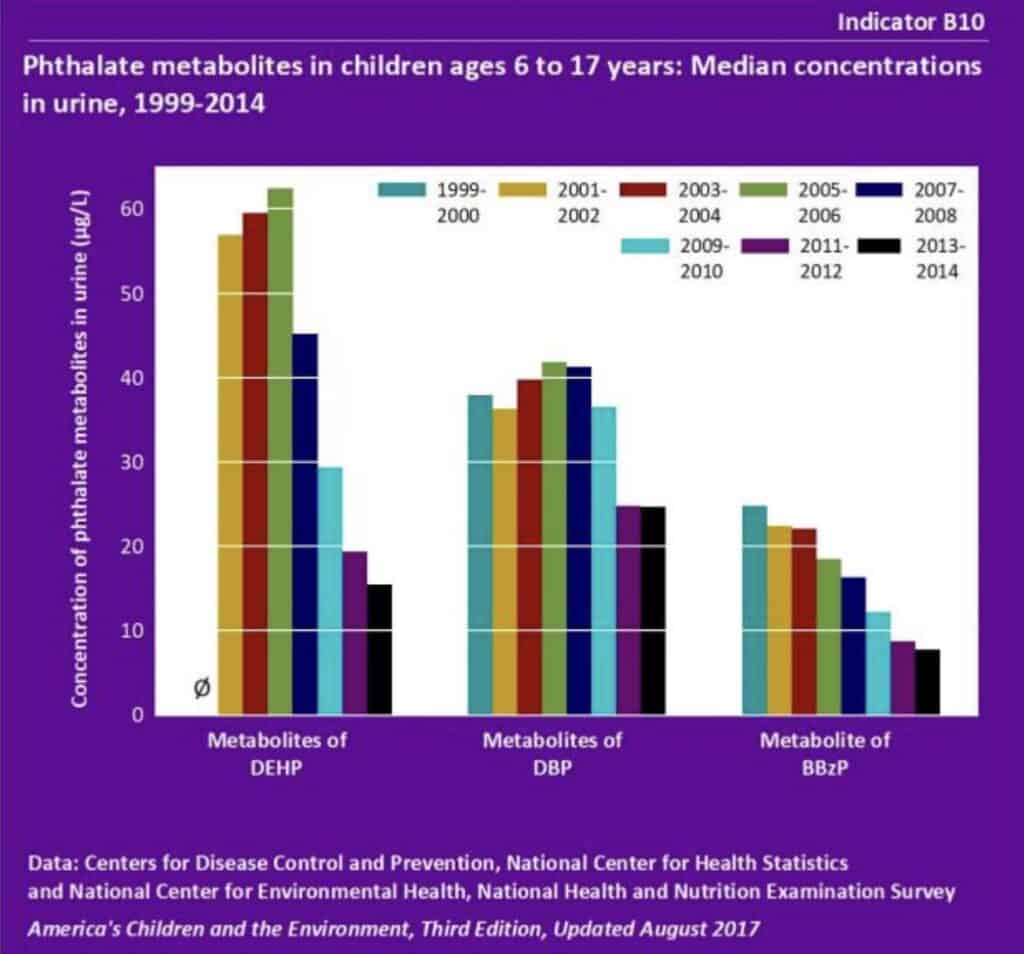
Due to their tendency to crawl around and touch various objects before putting their hands in their mouths, children may also face a higher risk from phthalate particles in dust compared to adults.
Because of this “everywhere chemical”, being well, everywhere, they are likely to present in our systems
“CDC researchers found measurable levels of many phthalate metabolites in the general population which indicates that phthalate exposure is widespread in the U.S. population.
CDC
Women are also at greater risk of exposure due to their more frequent use of personal care products.
Environmental Effects
Phthalates, don’t just affect our health directly, but also indirectly by harming the environment. Once they’ve served their purpose in our products, they don’t just disappear.
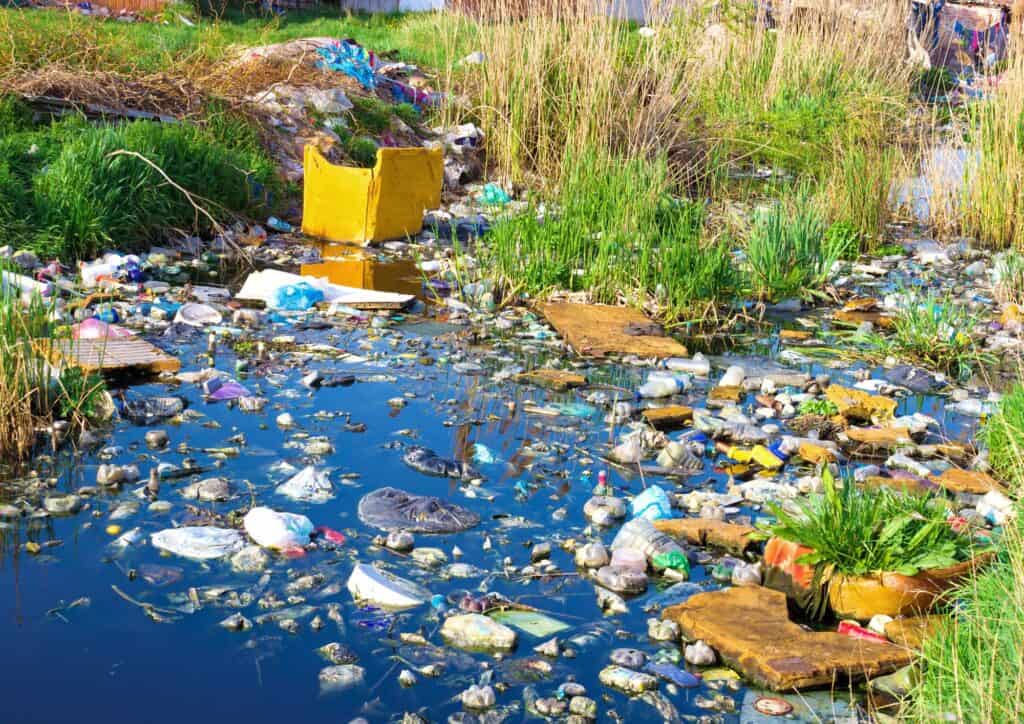
Discarded products tend to leach phthalates, contaminating soil and water. This in turn can harm wildlife by causing the same health effects it does on us.
So, the danger of phthalates is two-fold, directly affecting us and indirectly through the environmental damage they cause.
What is Being Done About It?
Advocates have been asking manufacturers to reduce the use of phthalates for years. There’s been more luck within the past 10 years though.
Some of the actions being taken to address exposure include:
Regulations and Restrictions
Many countries, including the United States and the European Union, have implemented regulations and restrictions on the use of certain phthalates in consumer products.
For example, the EU has restricted the use of six phthalates in toys and childcare products, while the US has banned certain phthalates in toys and other childrens items.
Industry Actions
Some companies have taken steps to reduce or eliminate these chemicals from their products. For example, many personal care product manufacturers have reformulated to non-phthalate products.
Consumer Education
Increasing awareness about phthalates and their potential health effects (like we are in this article) can help you make informed decisions.
Consumer advocacy groups and government agencies are working to provide information and resources to help people reduce their exposure.
Final Thoughts
After doing the research and realizing how many chemicals like phthalates are in the everyday products we use, we had to change some things up.
We’ve not only started practicing ways to reduce our exposure to phthalates but have slowly been adopting a more natural way of living overall to get rid of all the toxic chemicals from our lives.
It’s been an eye-opening and freeing journey so far! Check out some of our other articles below for more guides on living a cleaner, more natural life.
FAQ
Phthalates can disrupt the endocrine system, which regulates hormonal functions in the body. This disruption can lead to reproductive issues, hormonal imbalances, and developmental problems, especially in children
Products high in phthalates are mainly in cosmetics and self-care items labeled as “fragrance”. They can also hide behind other vague terms like “perfume” or “parfum”.
Phthalate exposure has been associated with several health conditions, including obesity, asthma, certain types of cancer, reproductive and fertility issues, and developmental problems in children.
Thanks for reading!
Additional Sources:
https://www.fda.gov/cosmetics/cosmetic-ingredients/phthalates-cosmetics

